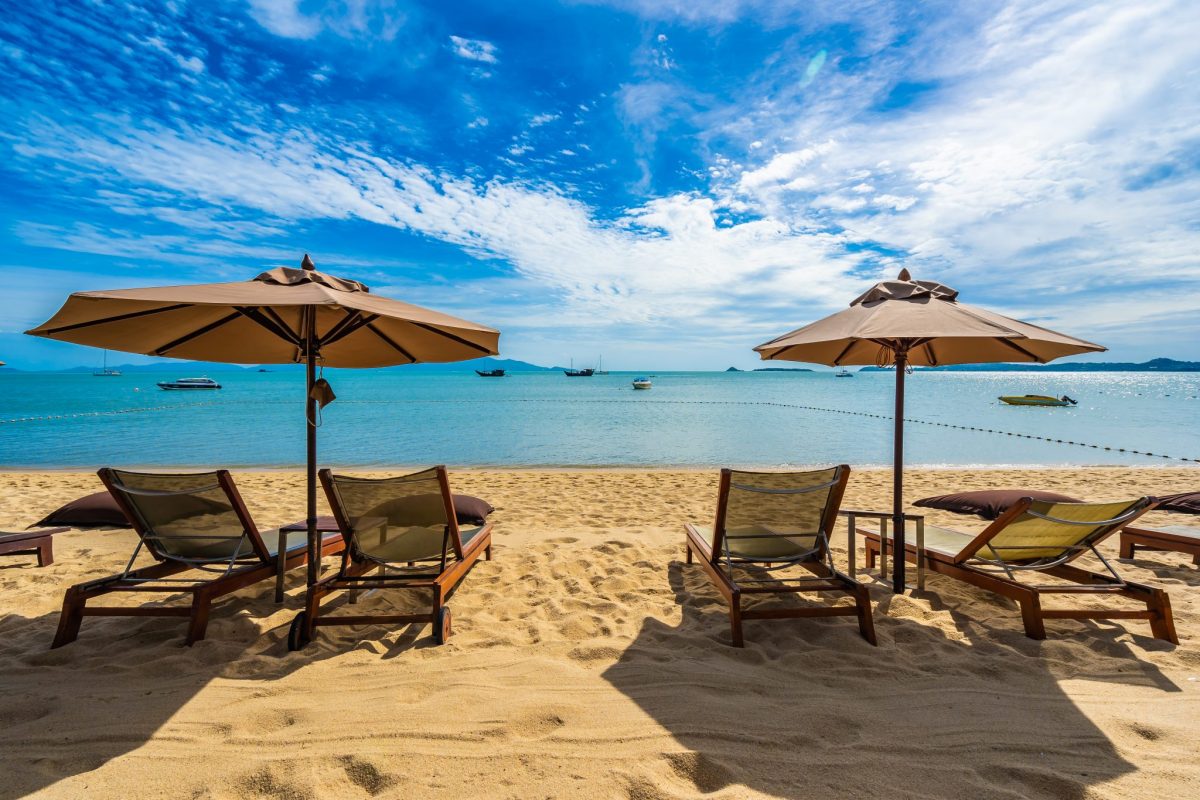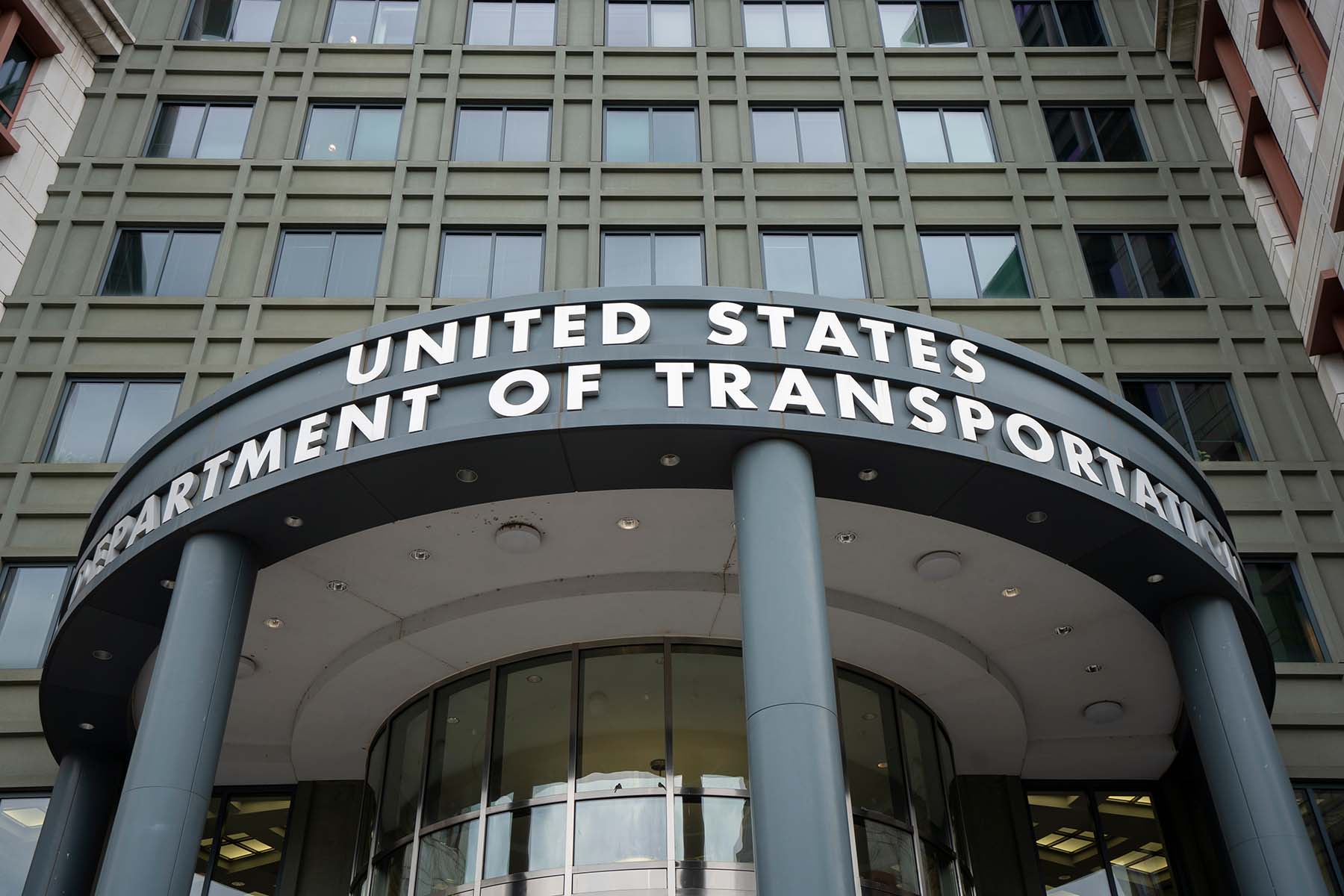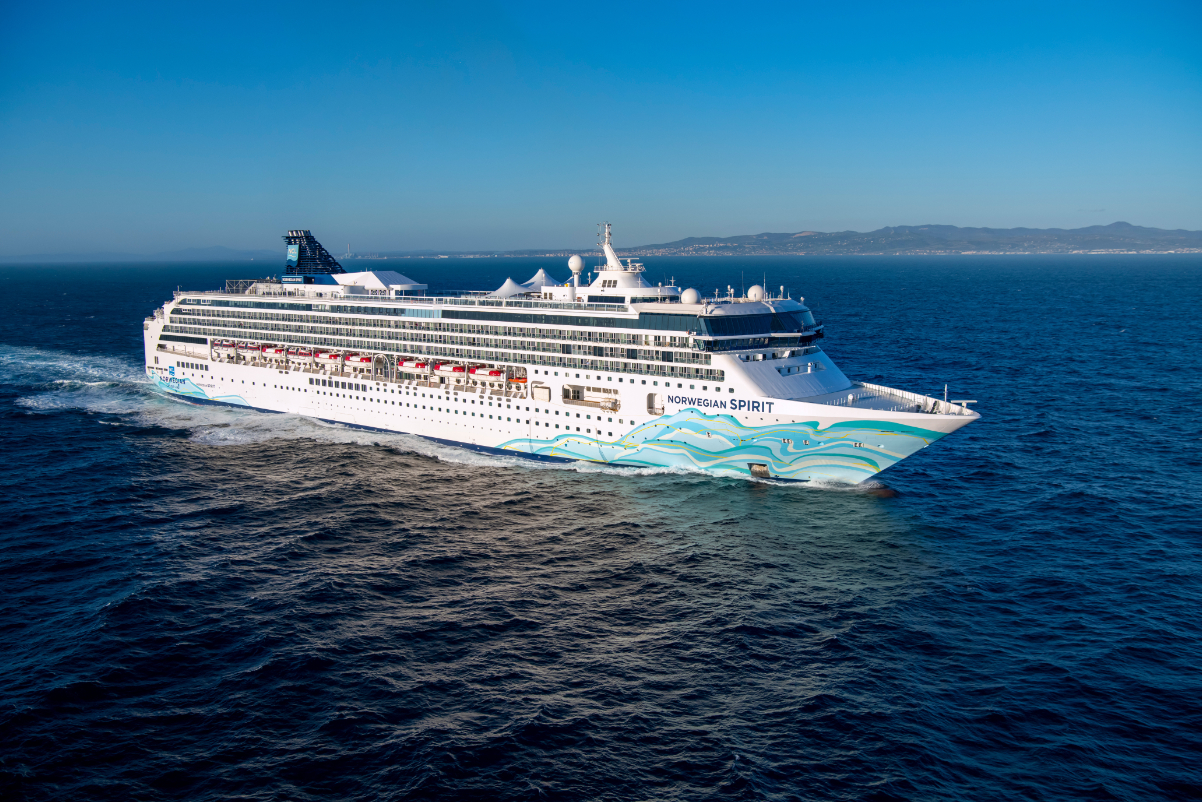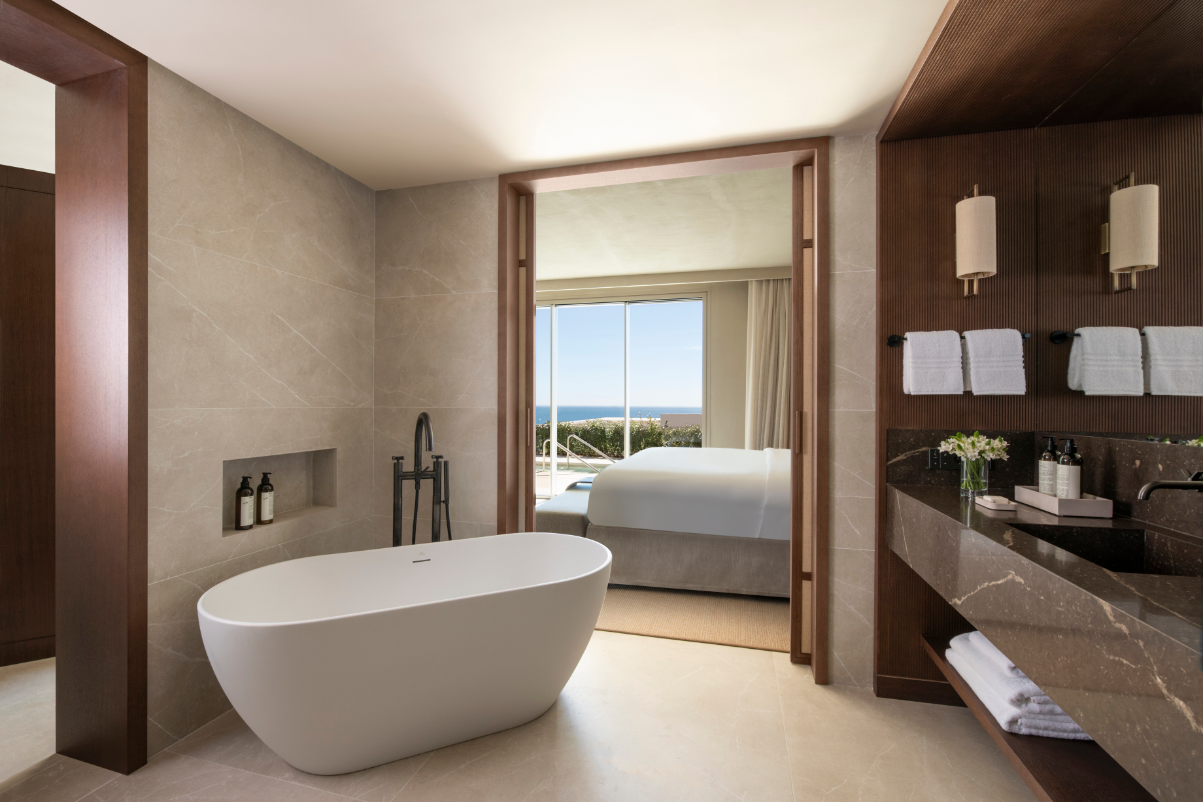Mauritius Pitches Digital Nomads to Reach Goal of 1 Million Tourists in 2022

Skift Take
As post-Covid tourists spend more and stay longer in Mauritius, the island destination sure isn’t complaining. But then there's the goal — the self-imposed target to attract one million tourists this year.
With much of its source markets closed, almost 80 percent of Mauritius’ inbound tourists were from Europe. The average length of stay among these tourists have now gone up from 10 days to 14 days. The international tourist spend also increased 25 percent, said Arvind Bundhun, director of the Mauritius Tourism Promotion Authority.
Mauritius, the tiny Indian Ocean island nation with just 1.3 million residents, has so far received almost 300,000 tourists from the time of reopening (October 2021 to mid-March 2022). The tourism arrivals for the first two months of 2022 stand at 93,000.
Still, the destination is clinging to an outsized and ambitious goal to attract one million tourists this calendar year, just 400,000 short of its 2019 arrival figures. And this, with lucrative outbound markets like China all but closed.
With just nine months left to reach the coveted one million mark, the tourism arrivals between March and December this year would have to be a little more than 900,000.
"Diversification is essential," said Bundhun. As a result, the destination, largely catering to luxury tourists, has now launched a premium visa scheme offering long-term visas to tap the every-burgeoning market of digital nomads. “The demand is very high among this segment of digital nomads and retirees. Around 3000 people have applied for the premium visa, 2000 of them have already arrived in Mauritius,” said Bundhun.
The tourism board is also pulling all stops to tap its key inbound markets, which have now removed international travel restrictions.
Bundhun was in India on Saturday to launch the “Where Else But Mauritius” campaign. In India too Mauritius is not just targeting their popular segment of honeymooners, but is also keen to market the destination to families, destination wedding planners, film production groups as well as the meetings incentives conferencing exhibitions crowd.
The tourism board also realises that the travel trade would hold the key to all their marketing strategies. “With almost 70 percent of our bookings coming from tour operators and the travel trade, we have relaunched the destination with a strategy to support the trade,” Bundhun said. The tourism board is encouraging its partners in markets like India, UK, France and UAE to come up with joint proposals to market the destination.
Riding on the successful rollout of its vaccination campaign, the island is proud to have contained the pandemic early on. Bundhun said the tag of a “safe destination” would be Mauritius’ USP to attract post-Covid travelers. “With 90 percent of the population fully vaccinated and 50 percent having received the booster dose, Mauritius is one of the safest destinations to visit,” he said.
Even as Mauritius looks to diversify to cater to a wider spectrum of tourists, the luxury market continues to remain in focus. The destination has also used this opportunity to lure prospective international home buyers to its shores through its Integrated Resort Scheme, which grants permanent residency status to foreign homebuyers in Mauritius. Buyers can also generate revenue through these properties via a rental pool.
In July 2020, Mauritius reviewed the terms, following which the minimum purchase price for non-citizens to acquire immovable property under the Integrated Resort Scheme was revised from $500,000 to $375,000.
Hospitality brands like Sun International, Four Seasons, Club Med and Accor are investing in Mauritius under this scheme, Bundhun said. “These brands have diversified as they realize that when people stay longer at a place, they don't really want to stay in a hotel room. Moreover, the owners also get a certain warranty in terms of investment, making it a win-win for all.”





